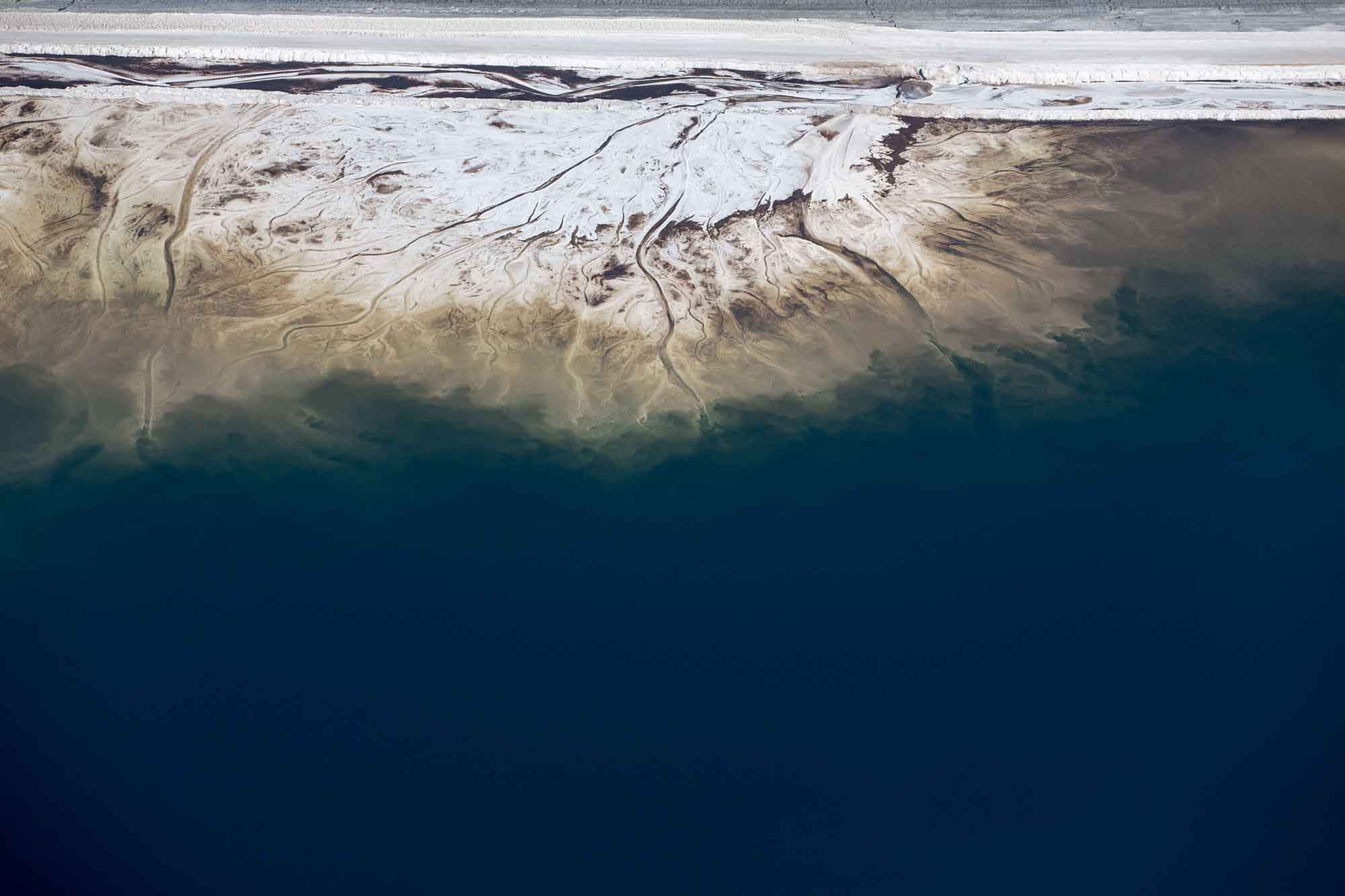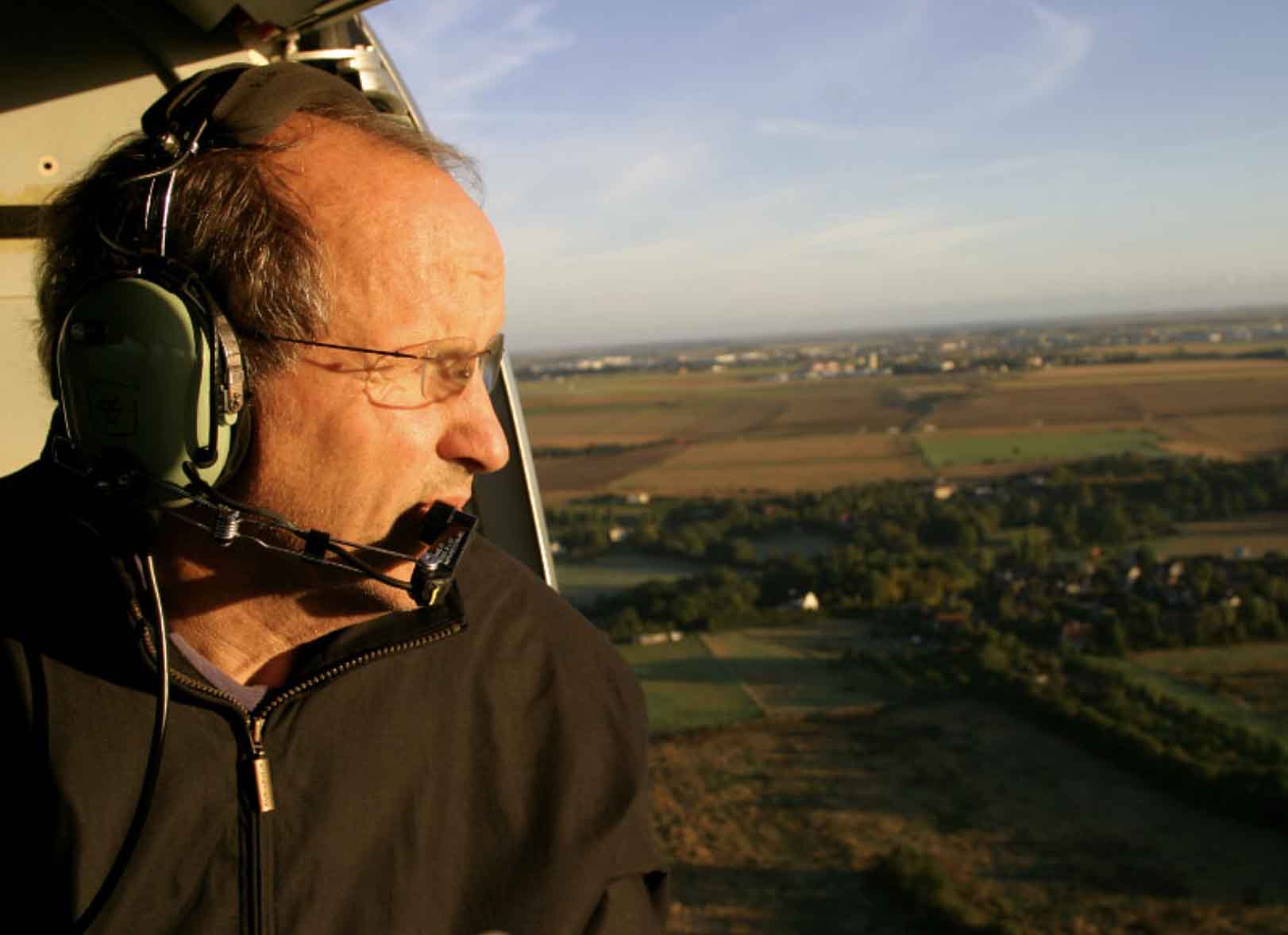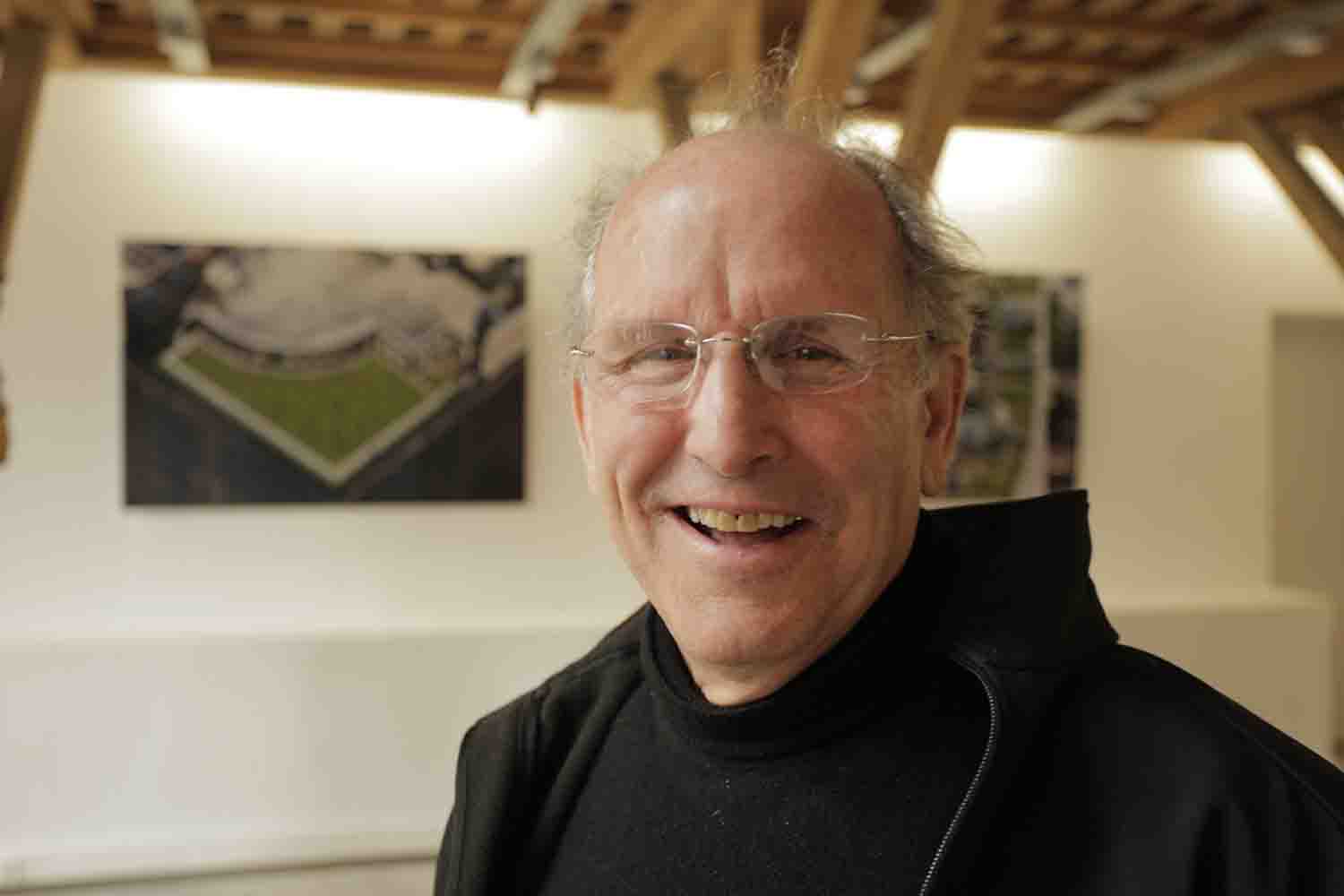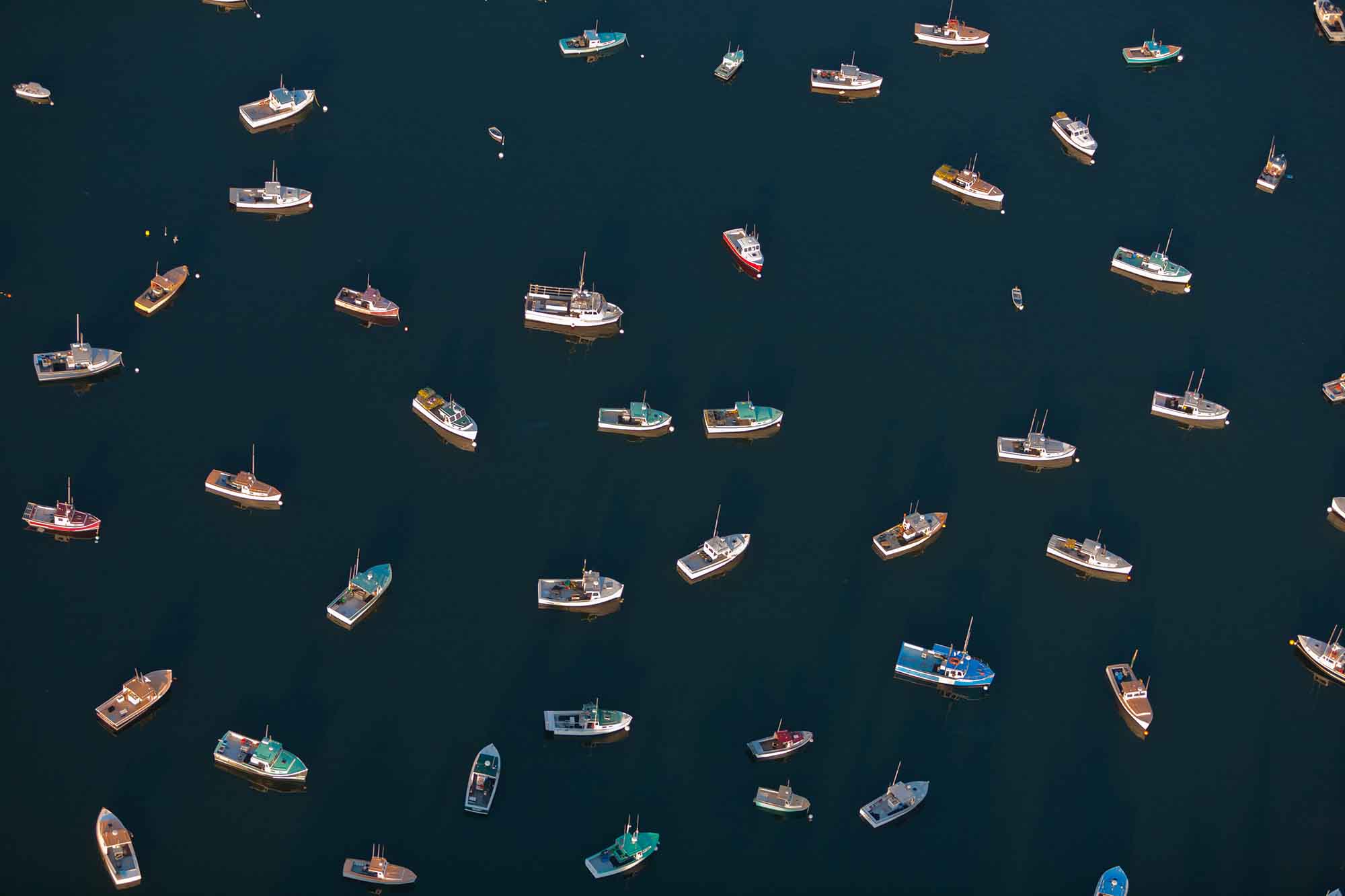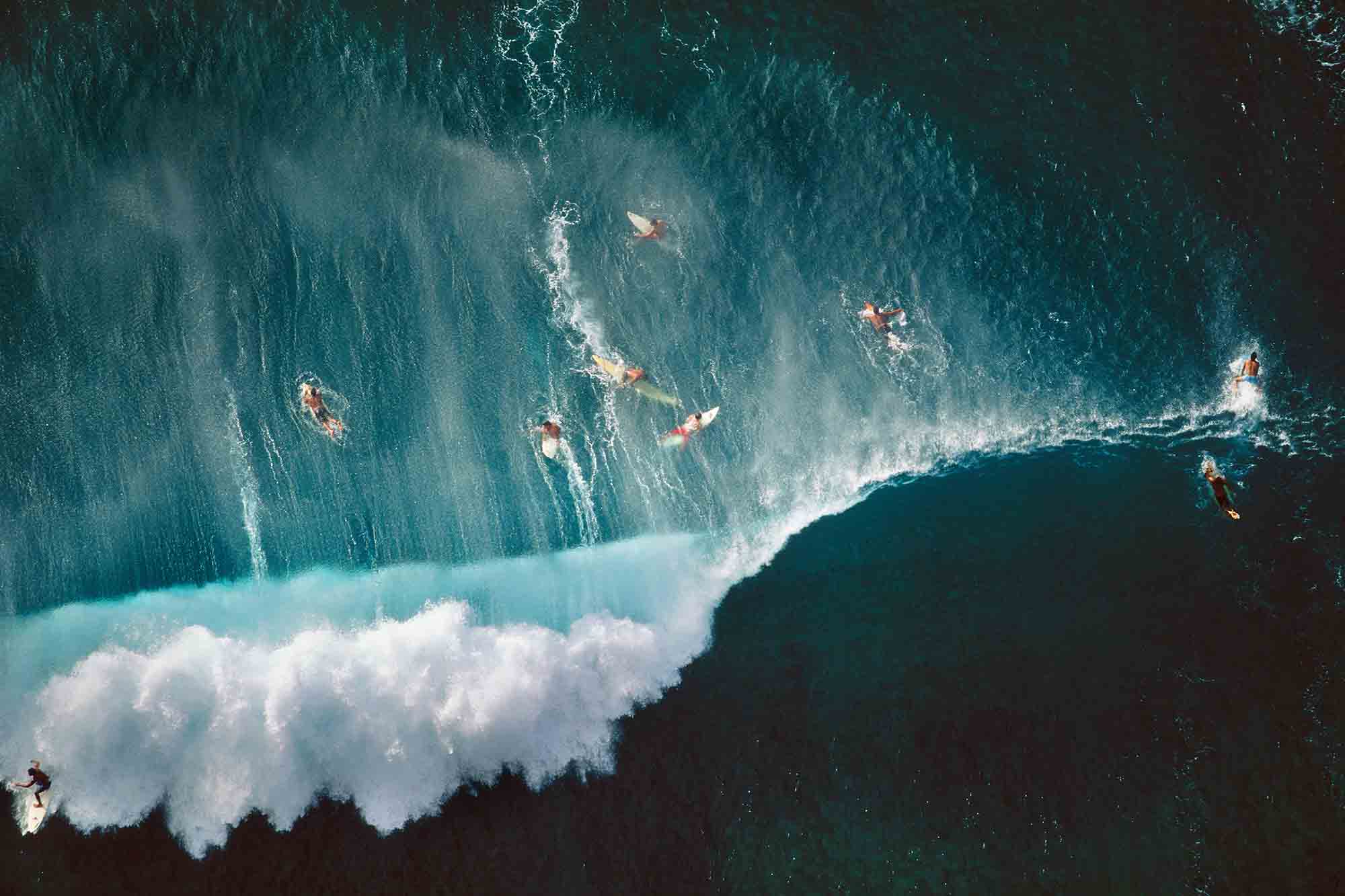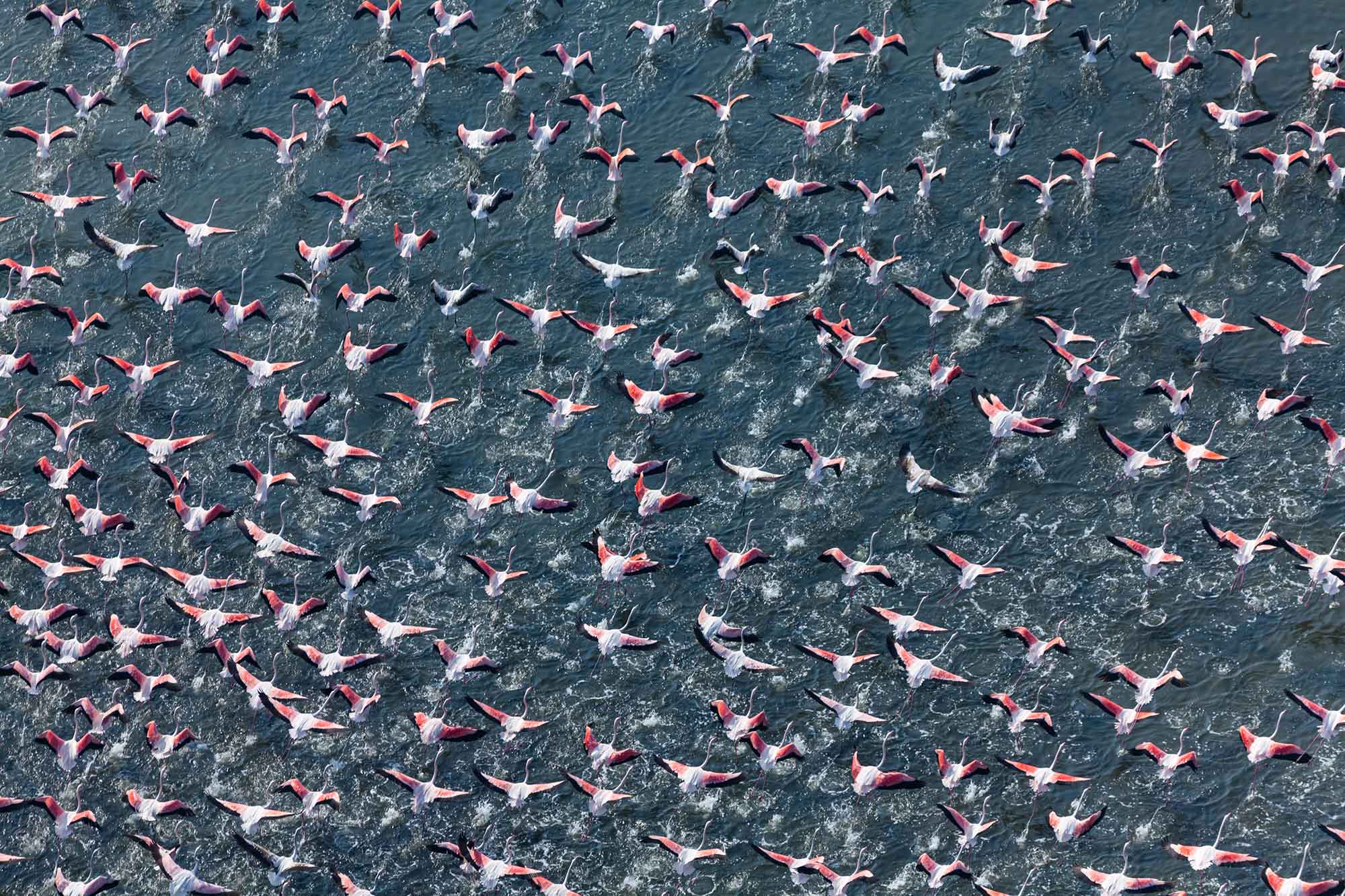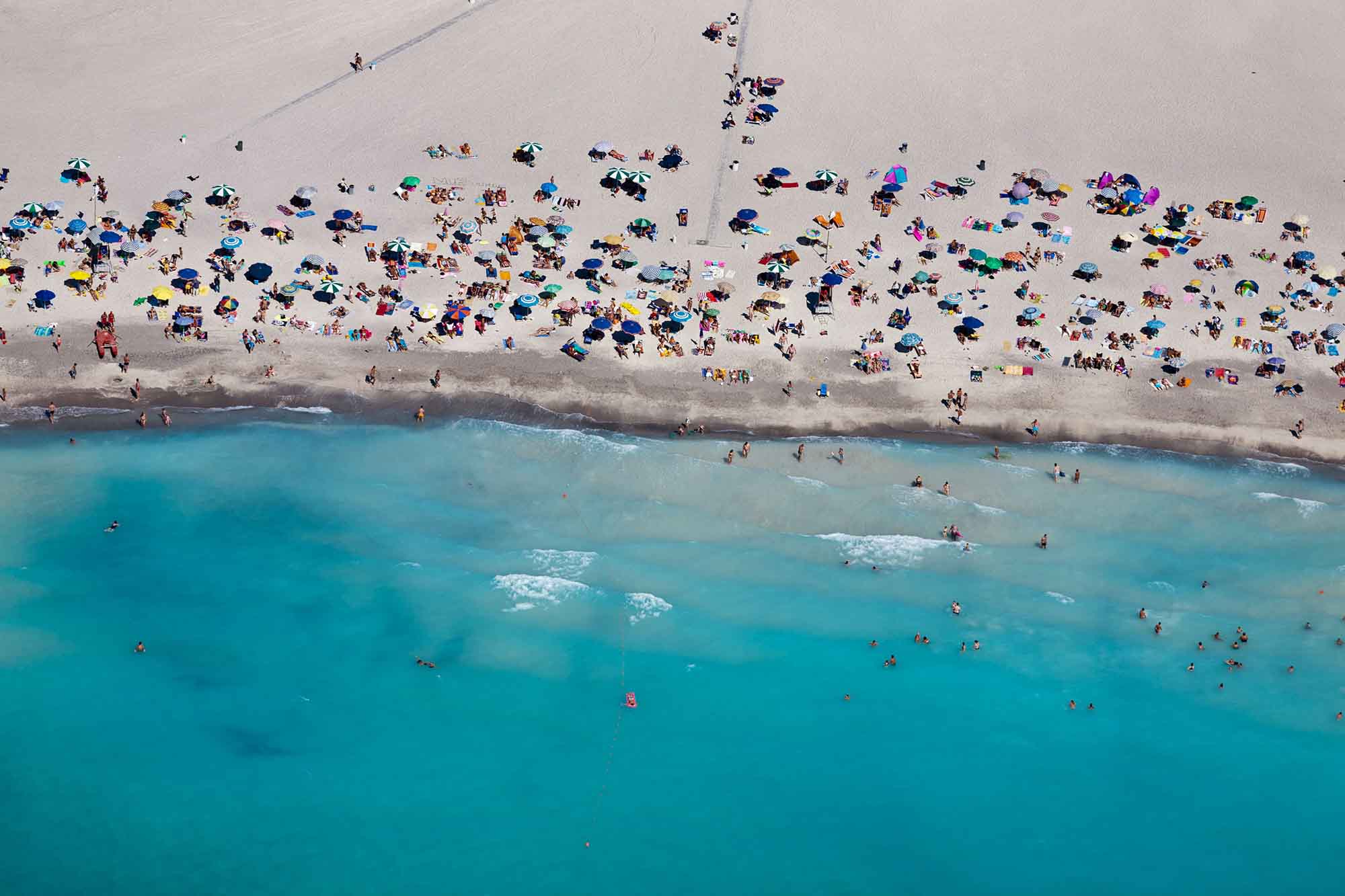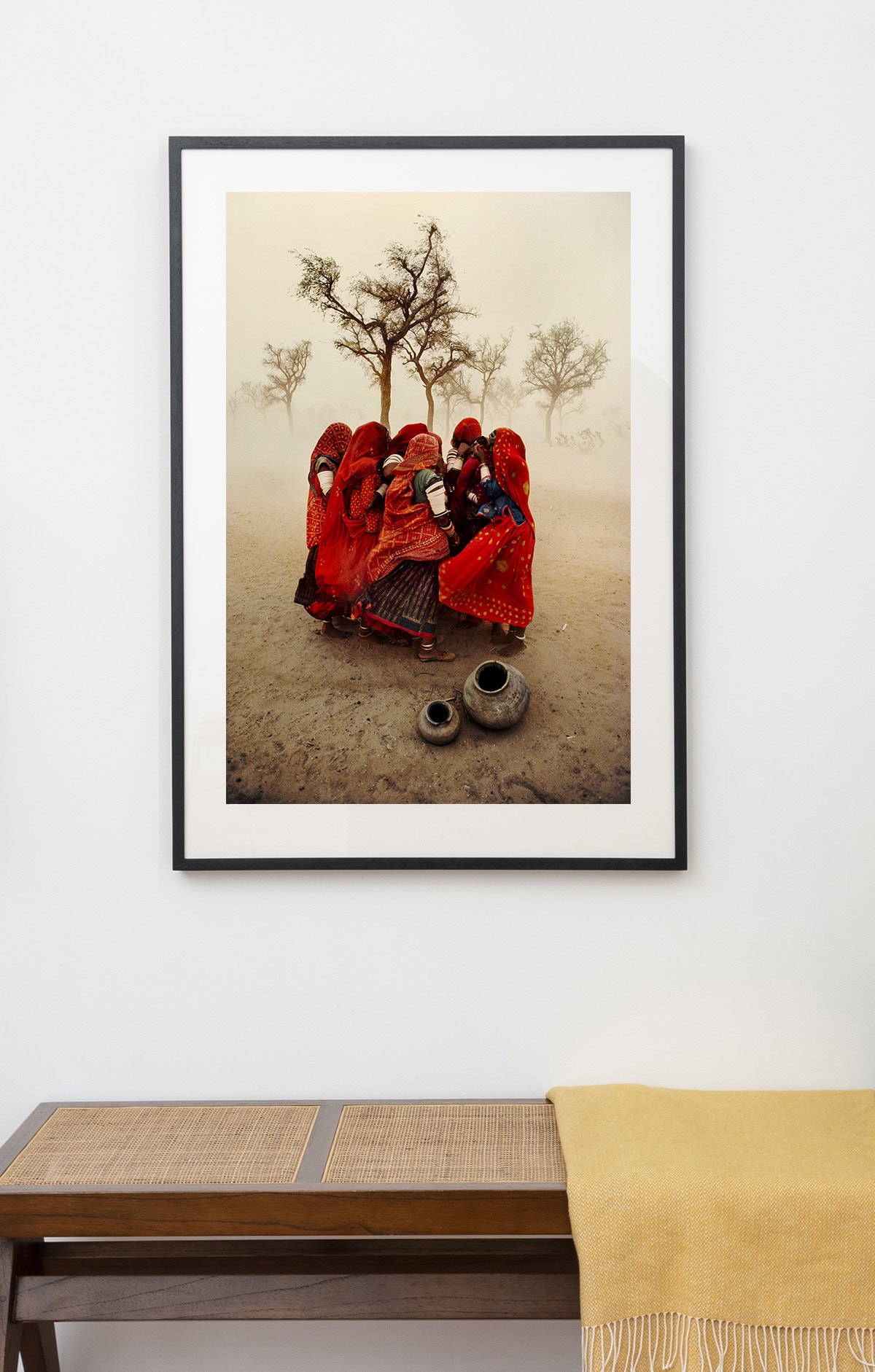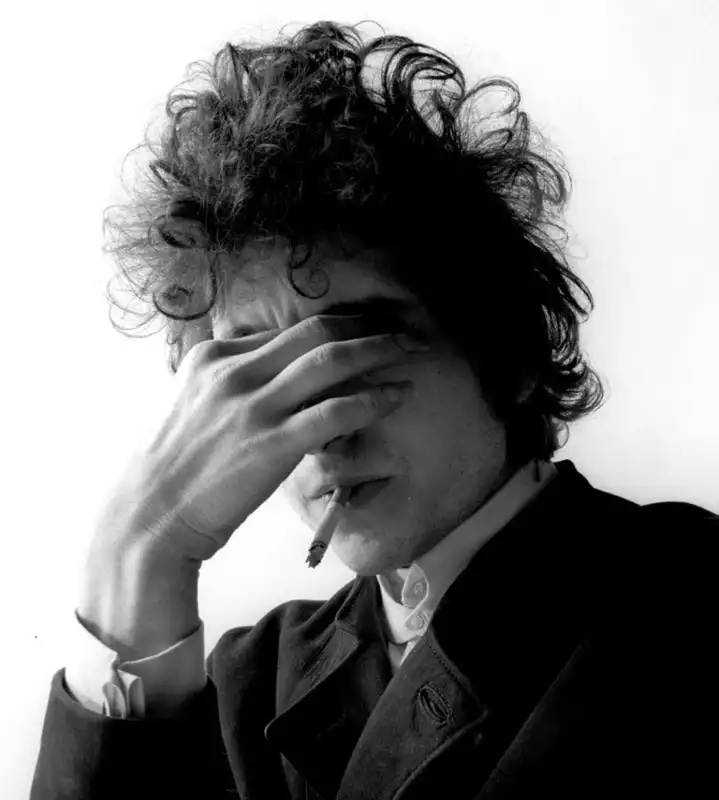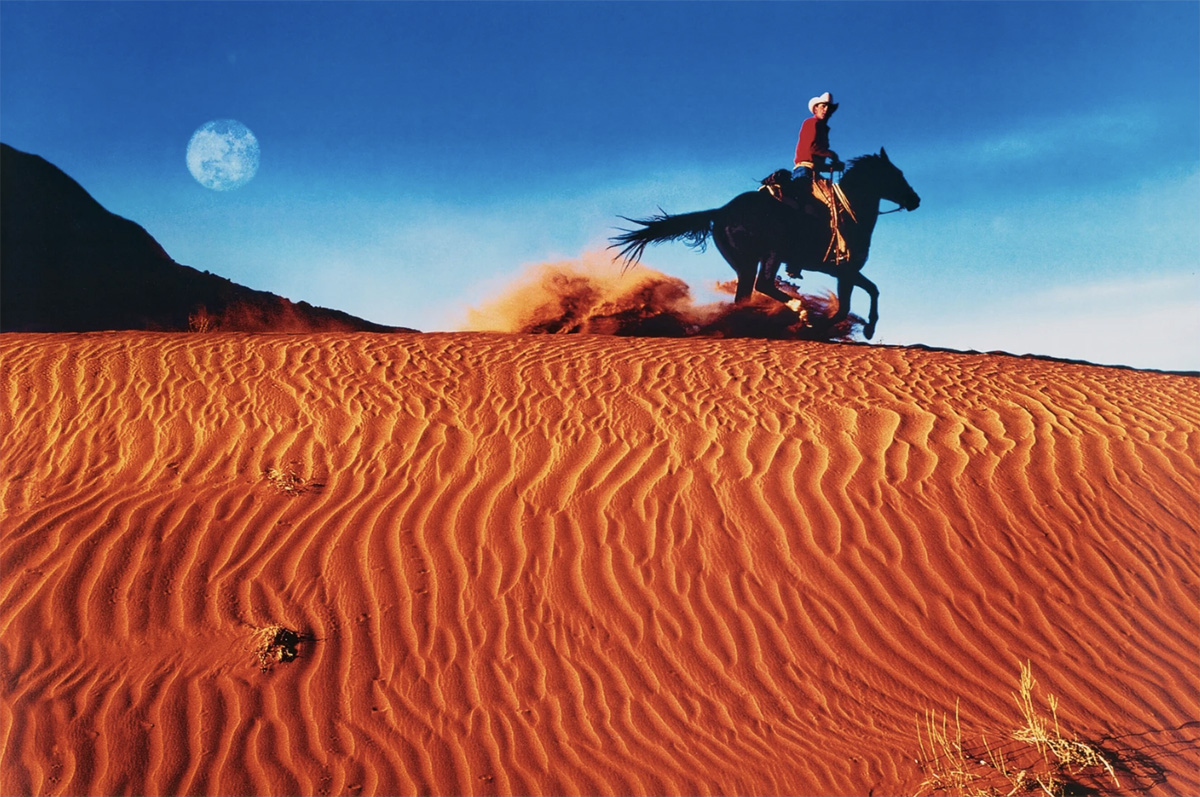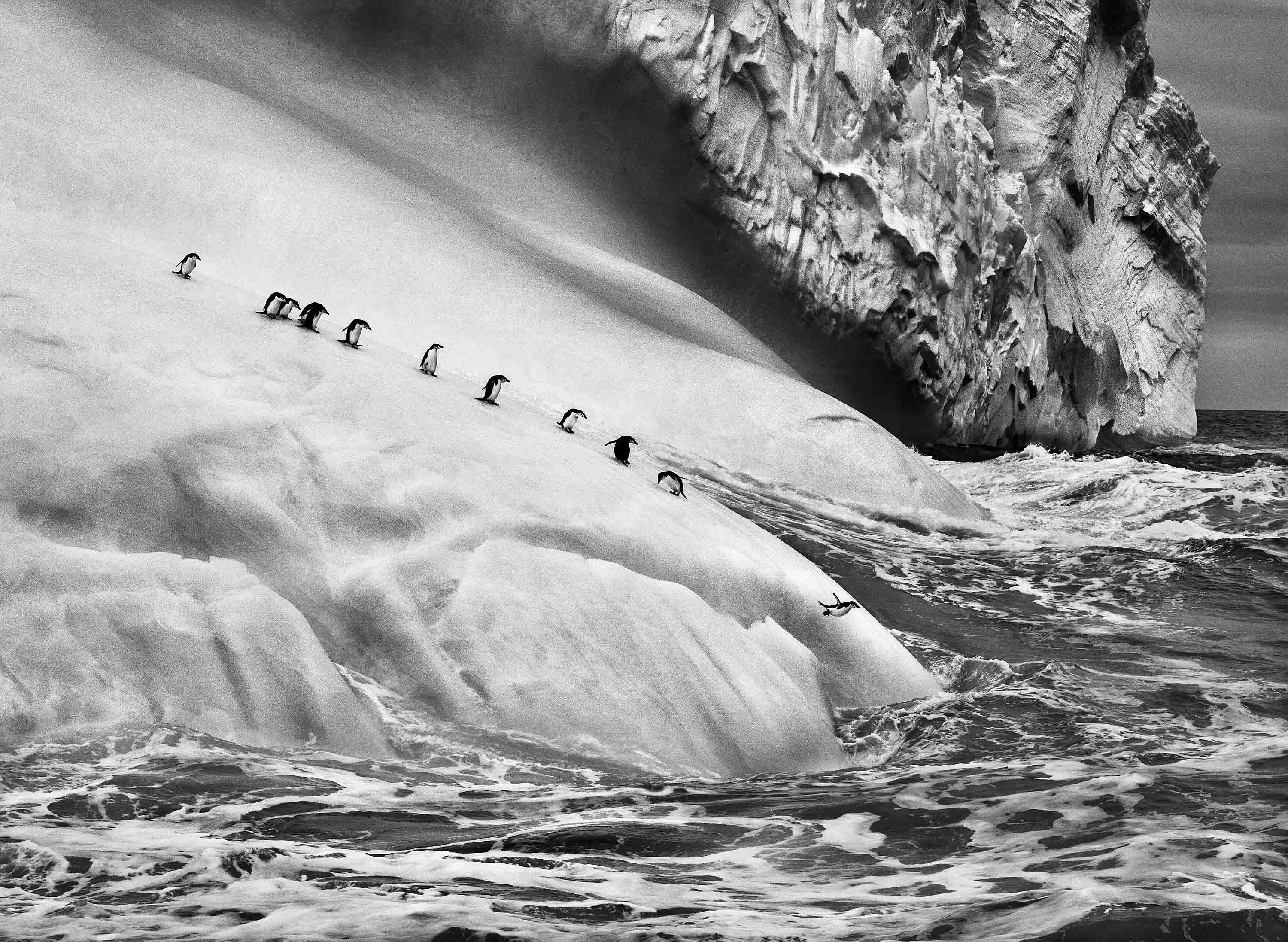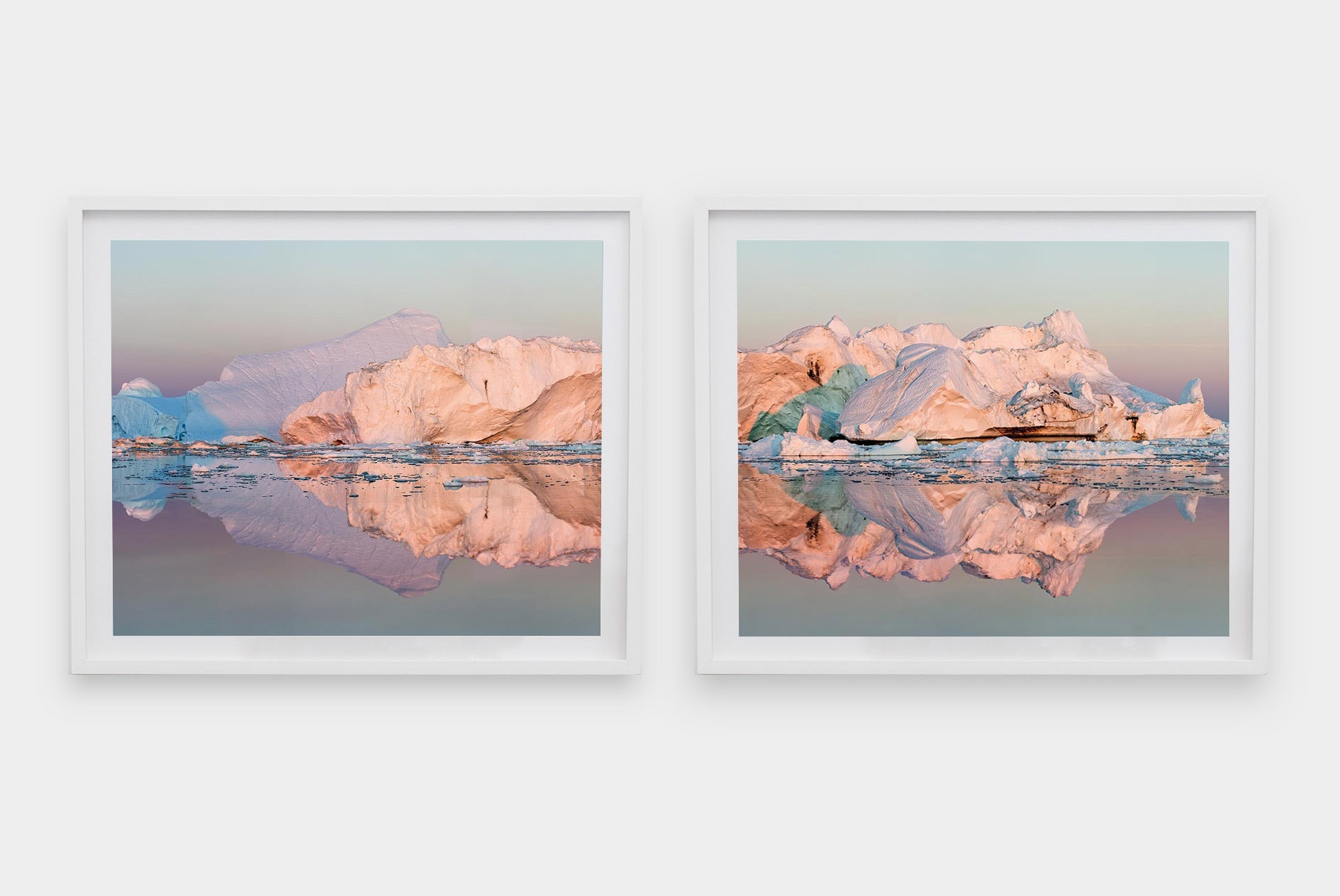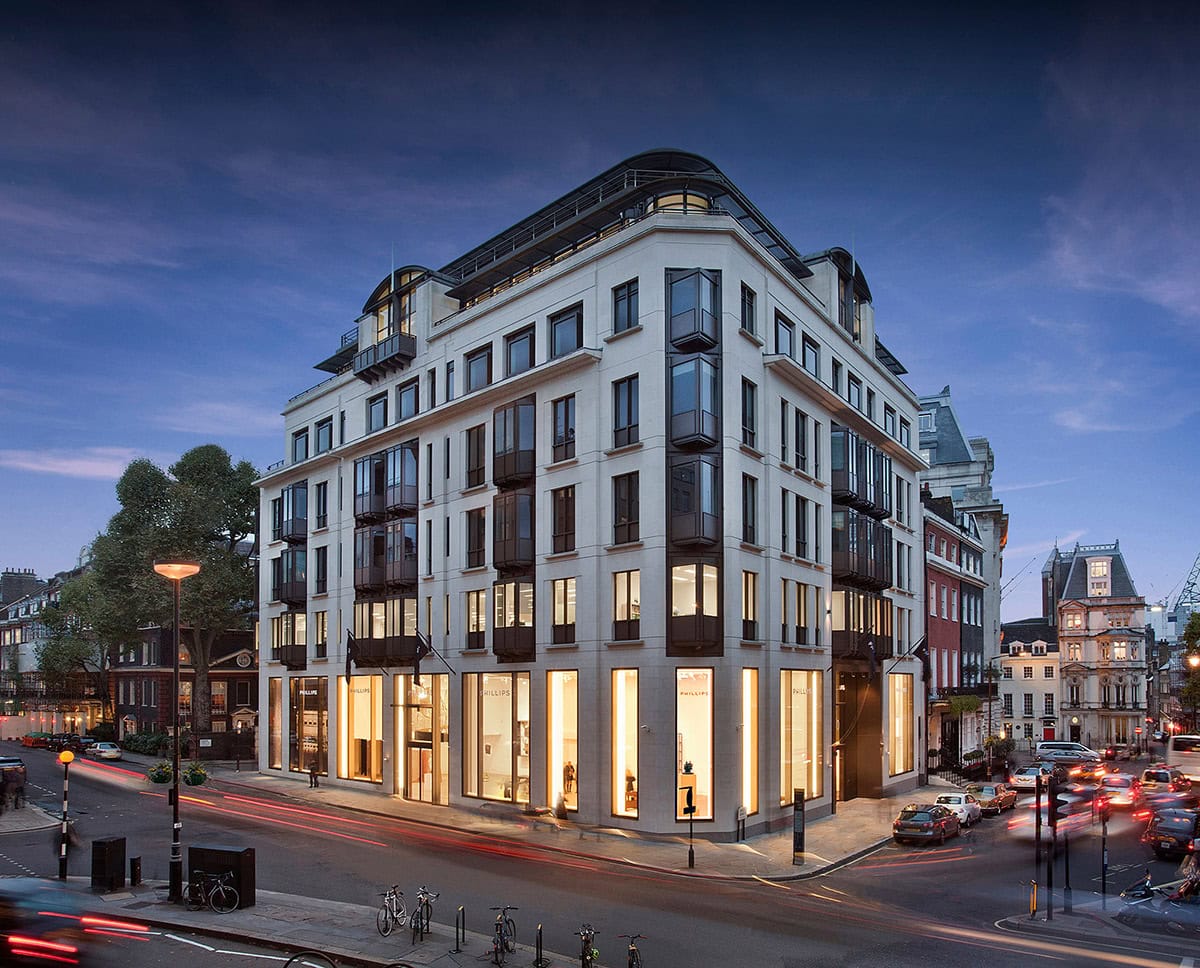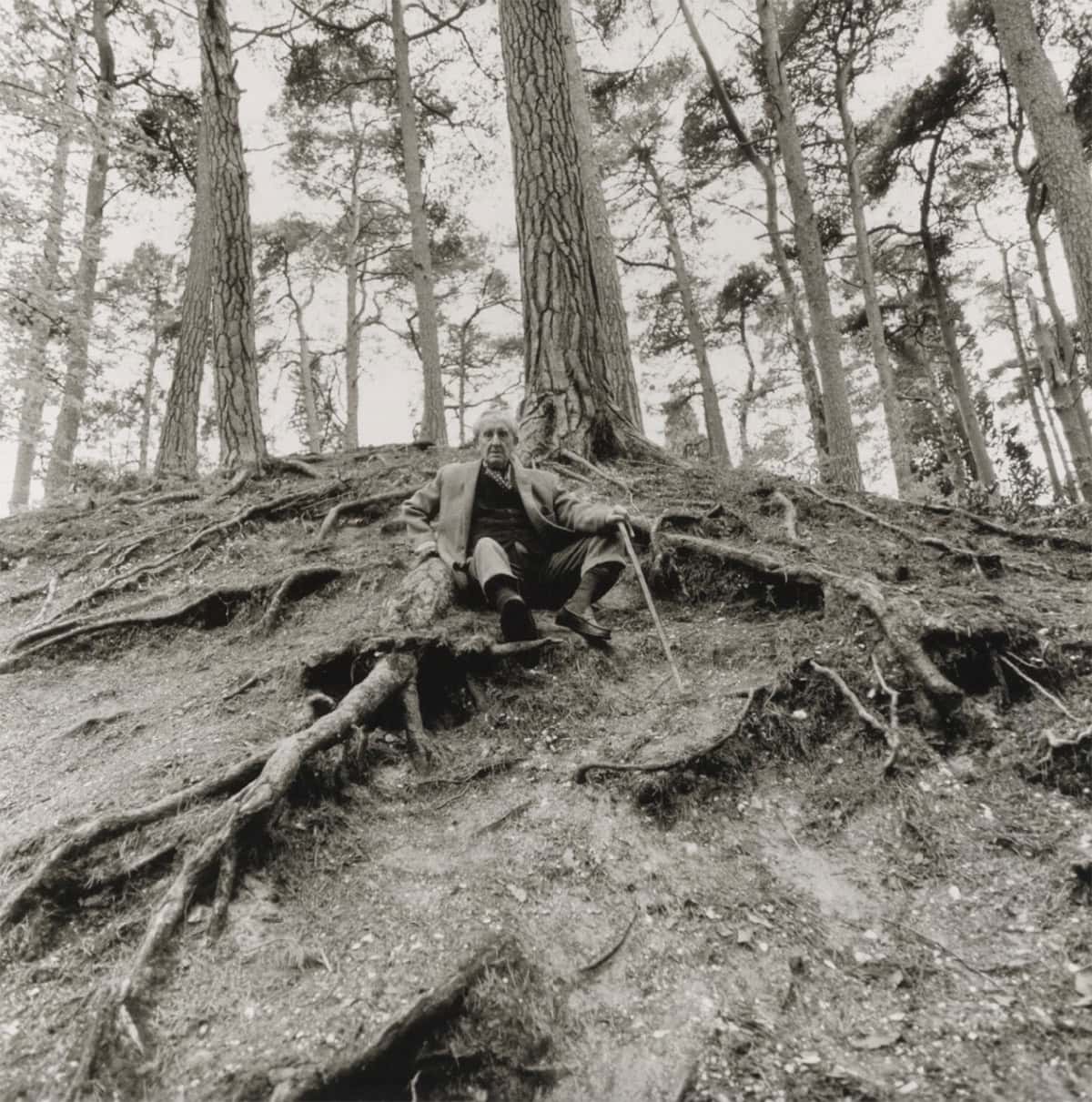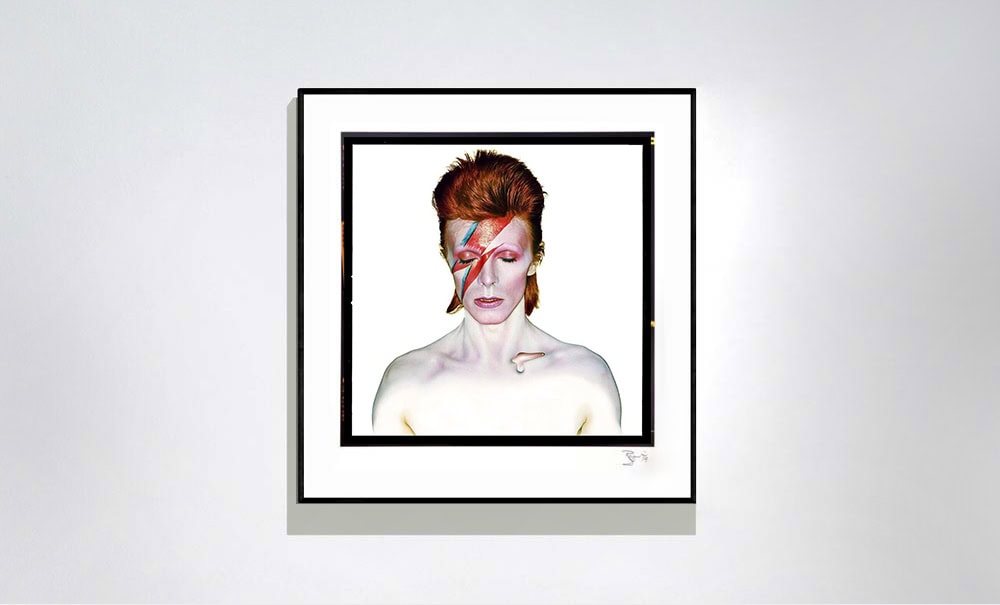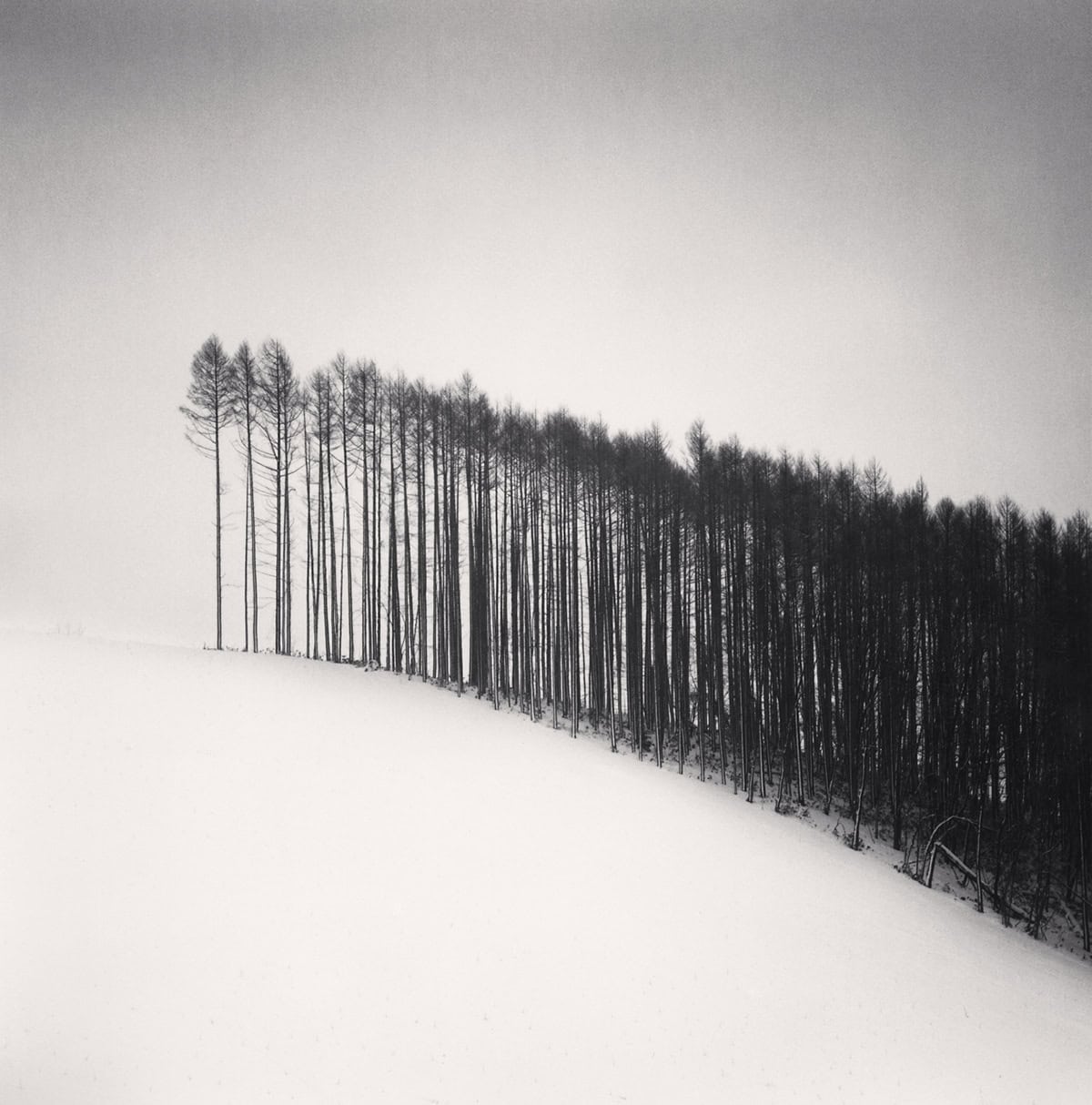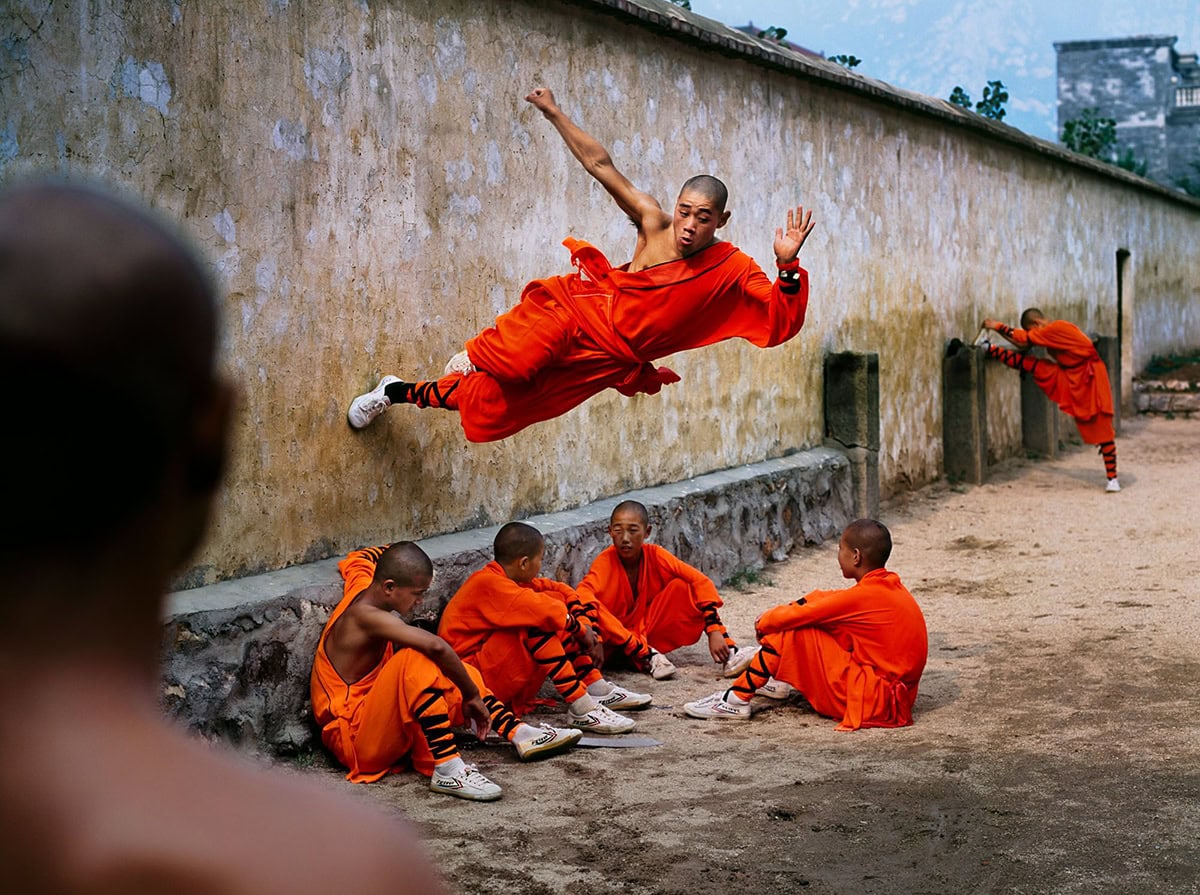Alex MacLean: Pilot, Photographer & Environmentalist
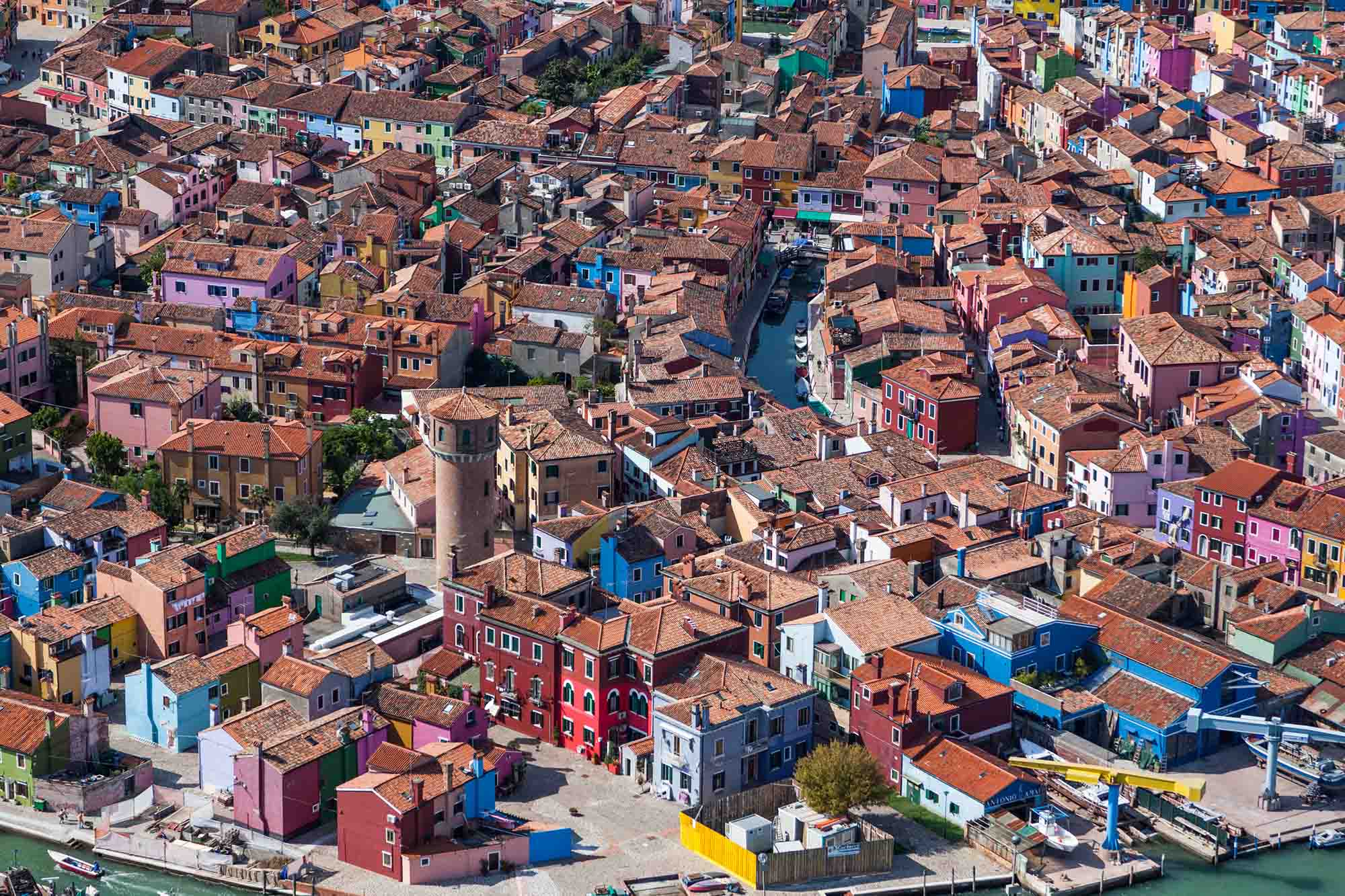
Alex MacLean is a pilot, photographer and environmentalist. He takes pictures from the air, capturing human activity on a grand scale. Through tight composition and attention to lines and shapes, MacLean is able to use his unusual perspective to draw out visual patterns from the objects of human activity that are usually inaccessible. The result often leans towards abstraction while maintaining recognisable subjects. His work offers constant reminders that we are continuously denied the full picture, and expresses a tension between natural and manufactured environments.
In the late 1960s, MacLean graduated from Harvard College with a Bachelor of Arts degree and earned a Master of Architecture degree from Harvard Graduate School of Design a few years later. While studying he developed a specific interest in community planning and aerial scenery, which inspired him to secure a pilot licence. Soon after, he established the company ‘Landslides’ to provide illustrative aerial photography for architects, landscape designers, urban planners, and environmentalists.
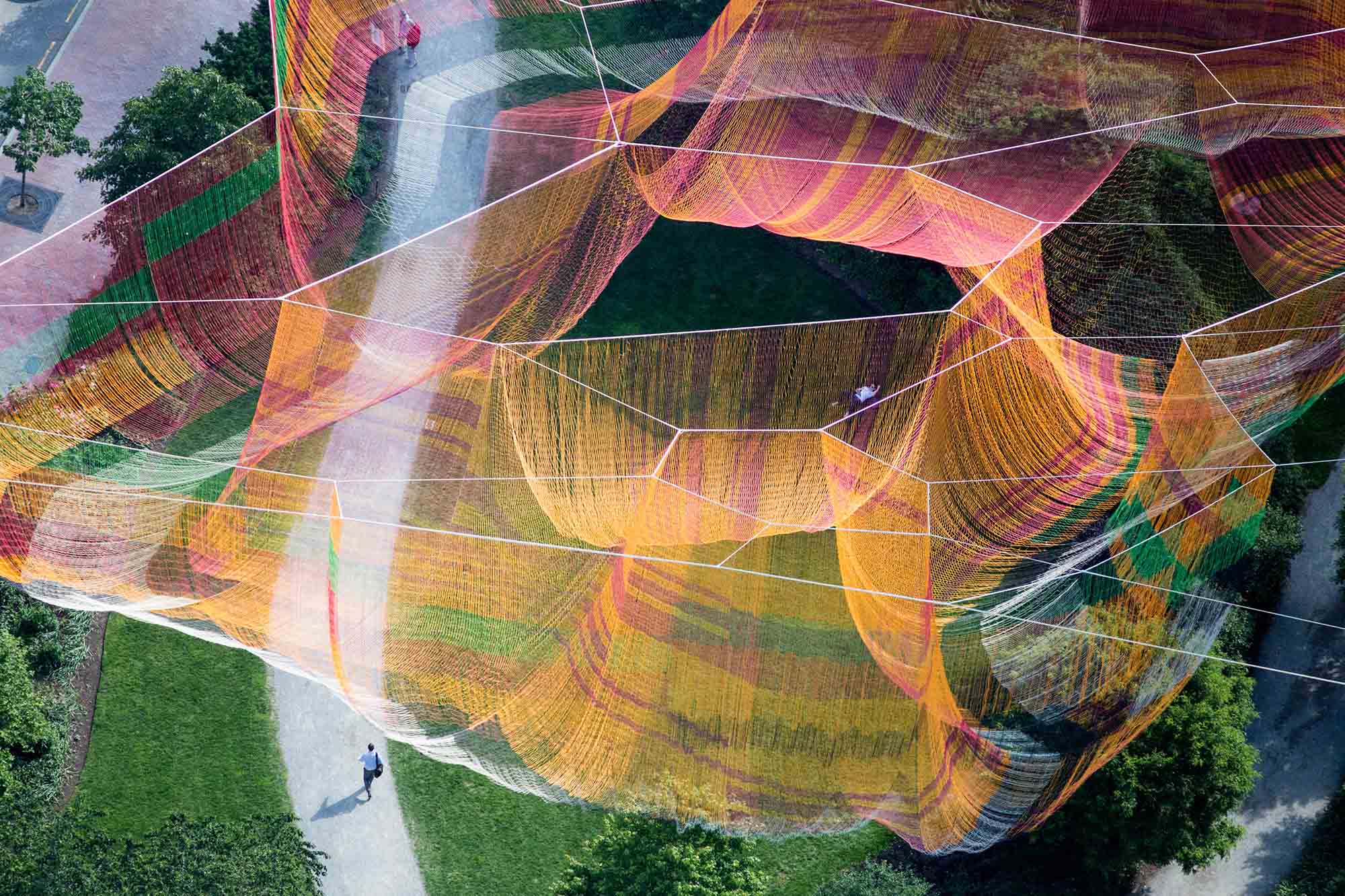
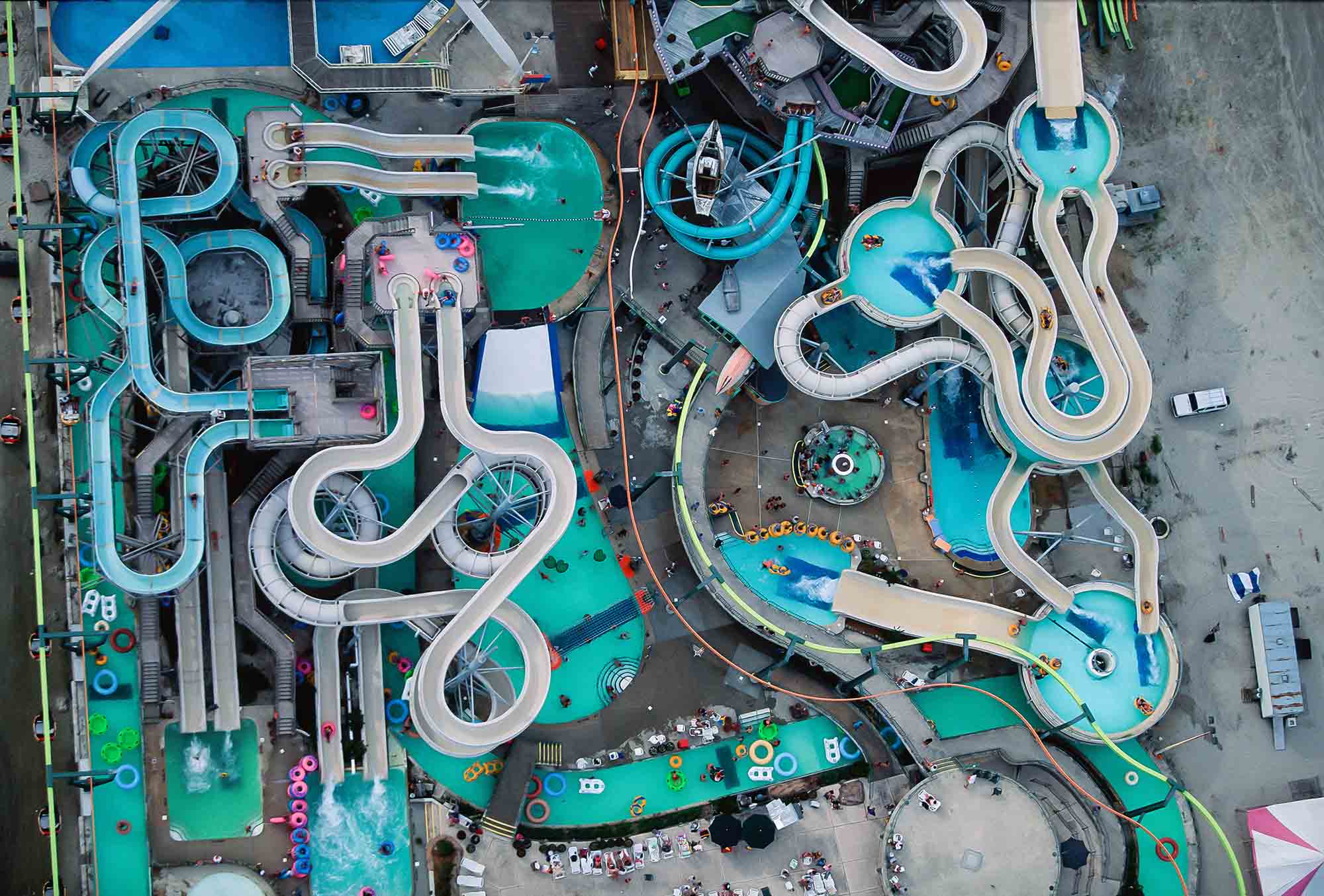
Given his background, it is somewhat inevitable that MacLean’s work holds a strong social dimension. For over forty years, MacLean has documented a changing American landscape while studying the complex relationship between its natural and constructed environments. He has described his practice as ‘combining art and information’, saying ‘I seek out odd occurrences in the physical landscape that serve as metaphors for shifts in societal values. These images tell important stories about our cultural standards’. For his 2012 project, ‘Up on the Roof’, MacLean flew over New York and captured views that are usually hidden from the common spectator. He exposed the ways in which rooftop spaces are used – something that would, by design, be only accessible to a small number of individuals. In this series, MacLean commented on an American obsession with development, and the extent to which we have manipulated and transformed the environment to suit our needs.
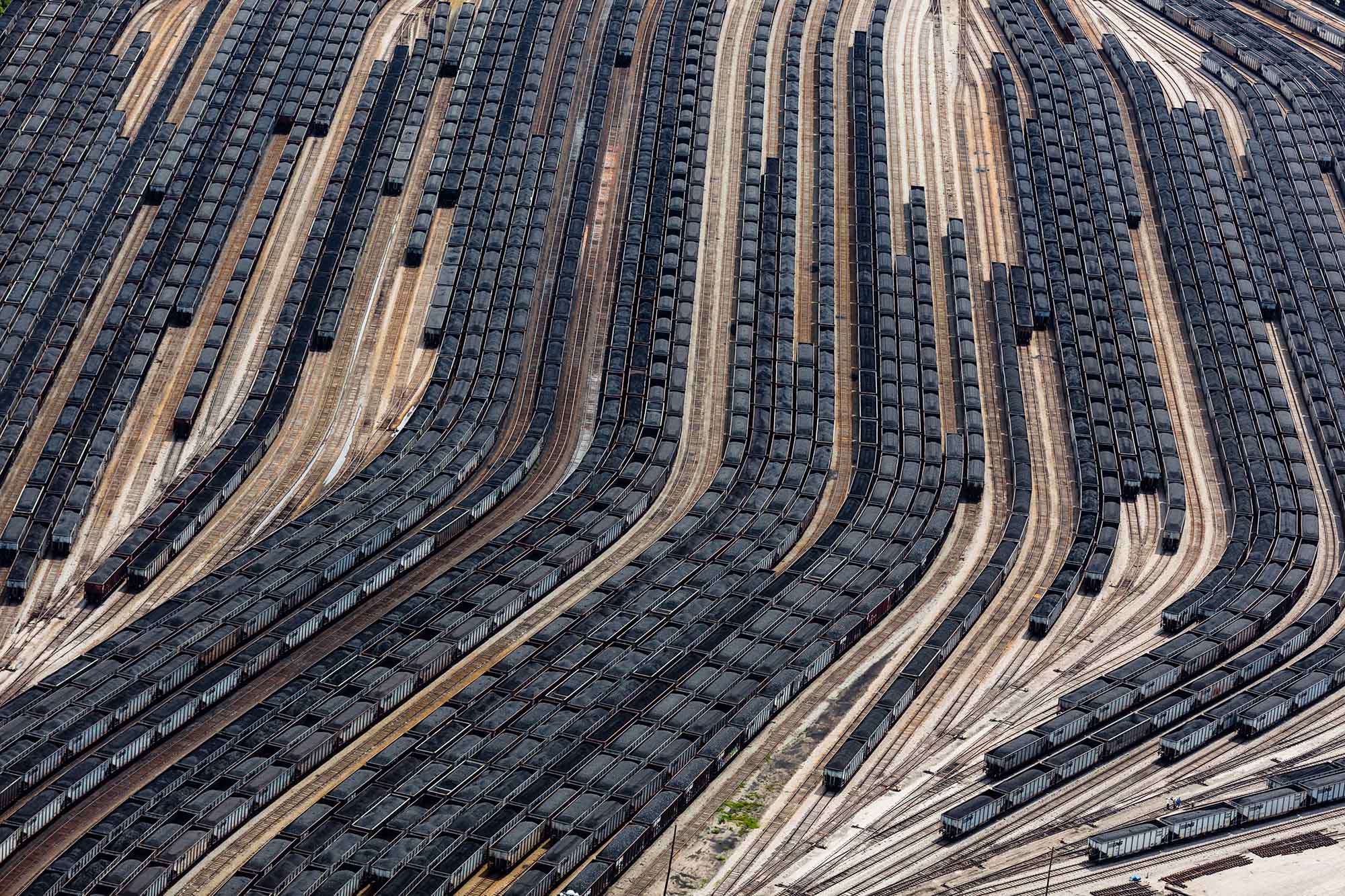
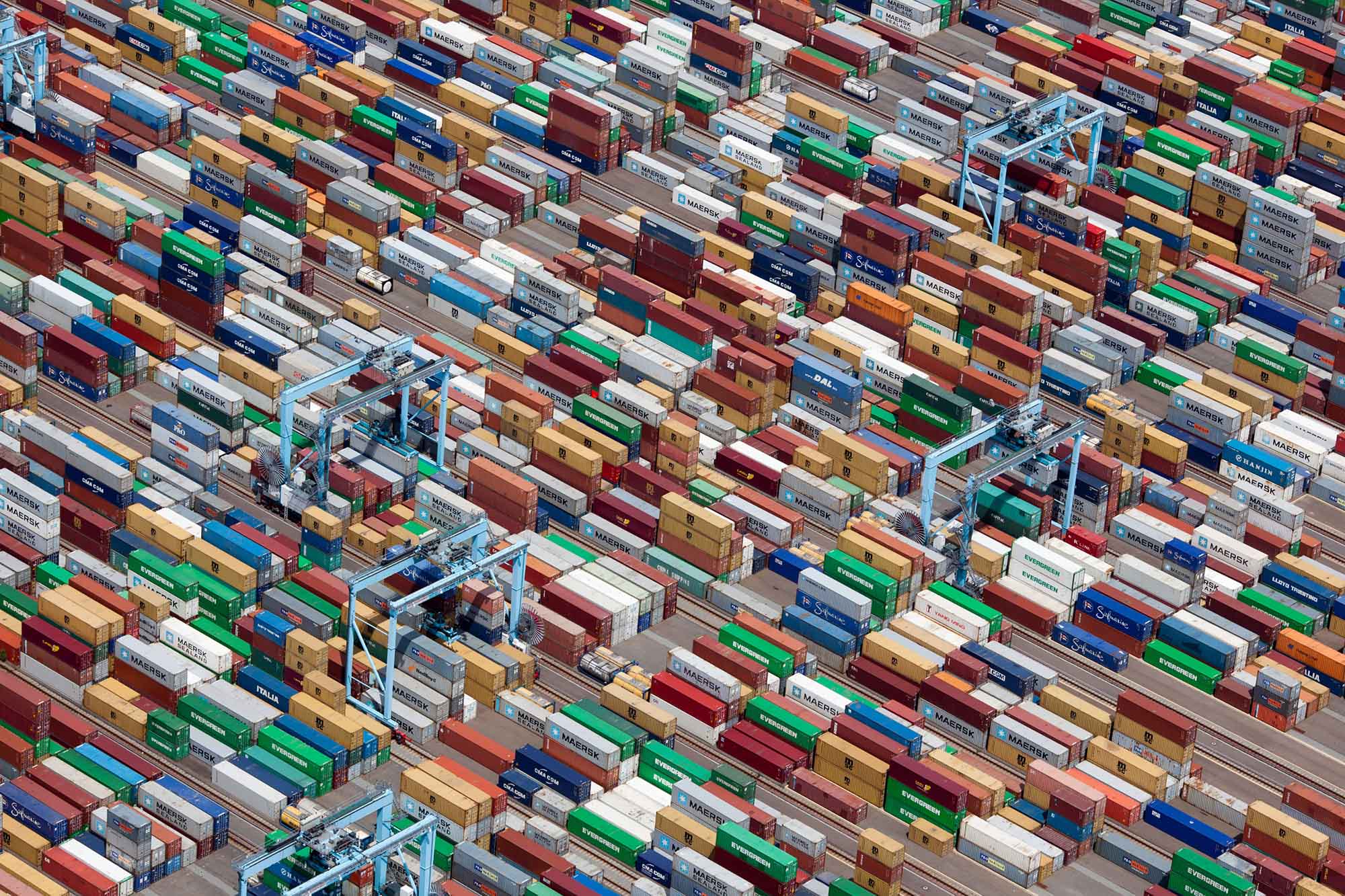
A busy frame with a repetitive and densely-packed subject matter is a recognisable motif in much of his work. We see coal train carriages packed tightly into individual strings that curve round in unison like a wave washing on the shore. Or hundreds of brightly coloured shipping containers ordered so precisely that it almost blurs your vision; the composition starts to look less like a shipping depot and more like stitches on a knitted sweater. These carriages hold prized cargo, containing one of the world’s highest sources of CO2 emissions or Amazon’s most desirable stock. All at once, MacLean opens our eyes to the vast magnitude of these vessels, while disorientating our grip on these ‘un-seen’ concepts even further. We can understand these densely-packed frames as a comment on our overpopulation and over-stimulated consumerist society.
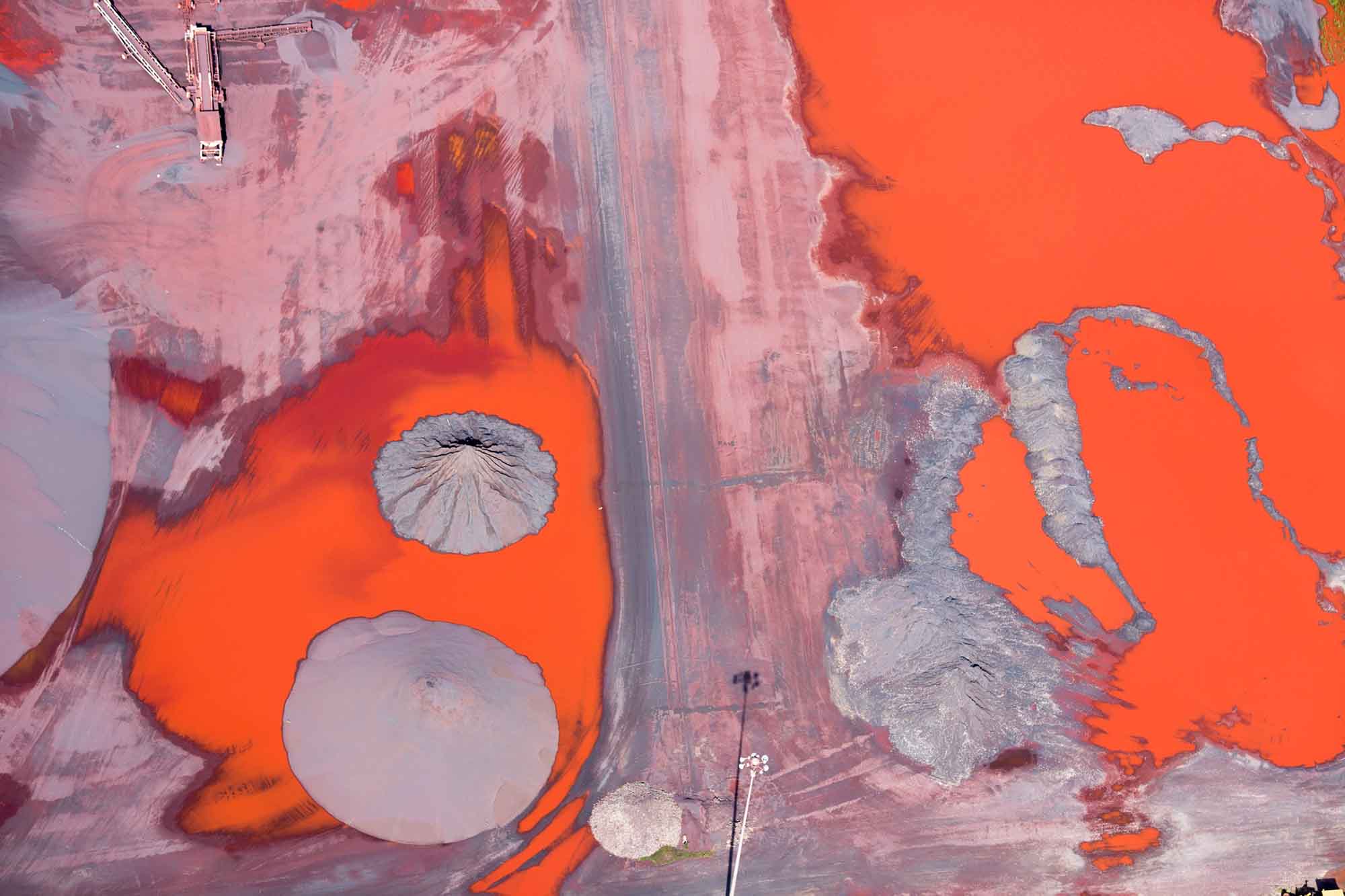
MacLean uses his practice to raise awareness about the climate crisis, and is internationally recognised for his ecological commitment. He has long-been concerned by the mechanics of the fossil fuel industry affecting natural systems, and that the last few decades has seen little public understanding or scrutiny of this fact. In 2014, MacLean set out to photograph one of the world’s largest oil extraction projects in Alberta, Canada. The resulting work ‘Tar Sands’ retains much of the aesthetic beauty of his previous projects, while documenting the tragedy and violence of environmental destruction. These are some of the most profound and illuminating works of environmental photography. Governmental and societal inaction on the climate crisis has been attributed to a human inability to conceive of processes on such large scales, or with such devastating consequences. MacLean’s work confronts this idea. This visualisation goes some way towards an appreciation for the magnitude of the destruction.
